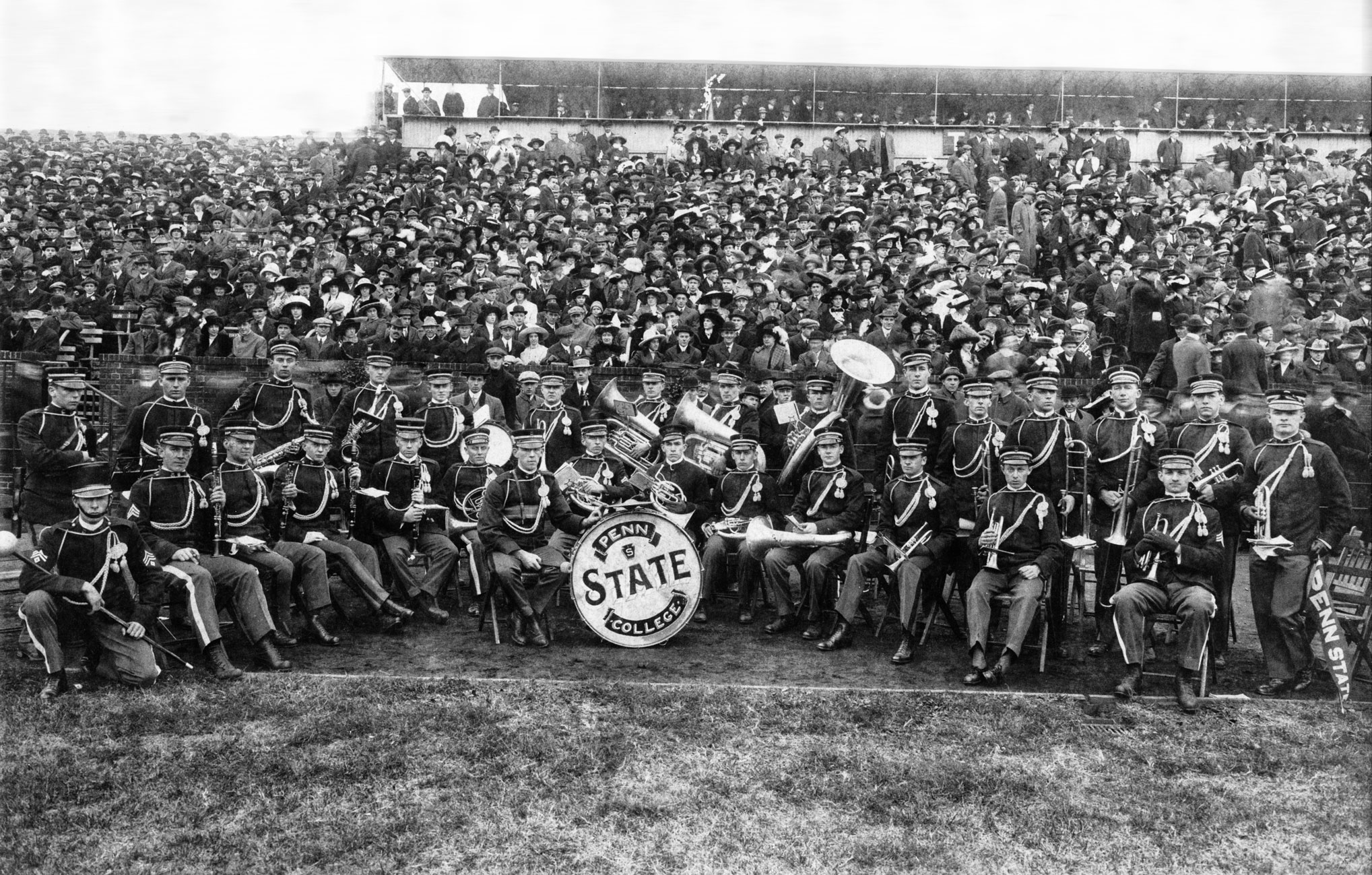From our January/February 2005 issue: The pushball scraps and he-she dances of the early 1900s to the Gentle Thursdays and Phi Psi 500s of 25 years ago, Penn State’s past is rich with traditions that now survive only in memory, newspaper clippings, and old photographs. Here, we recall 10 of those traditions.
Dan Morrell and David Pulizzi
